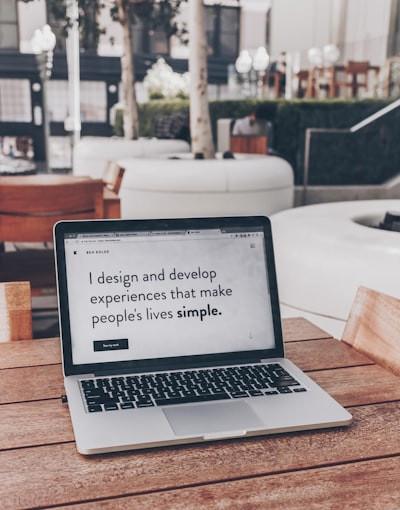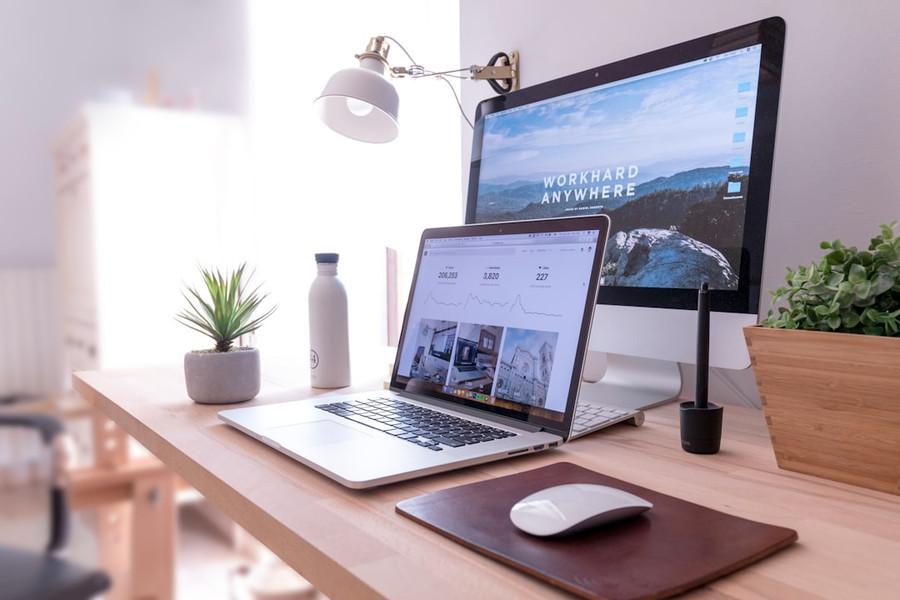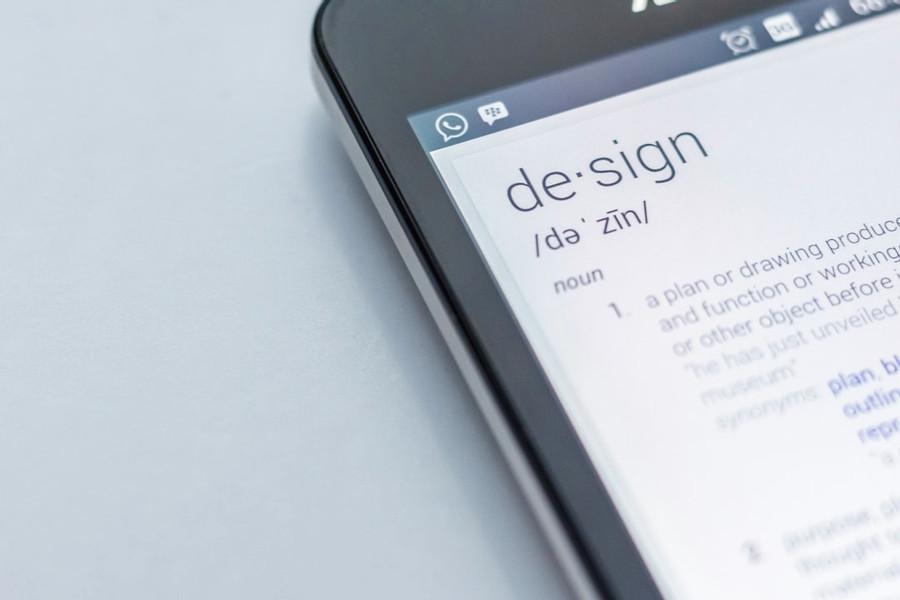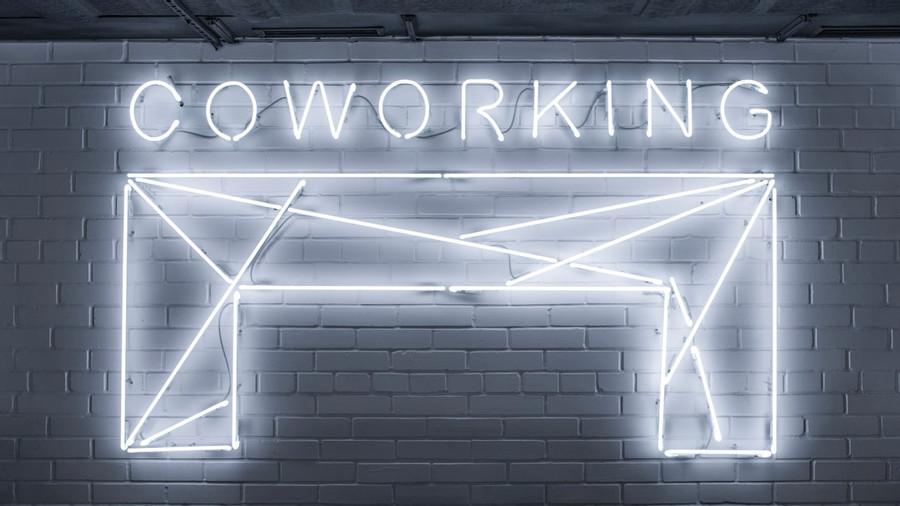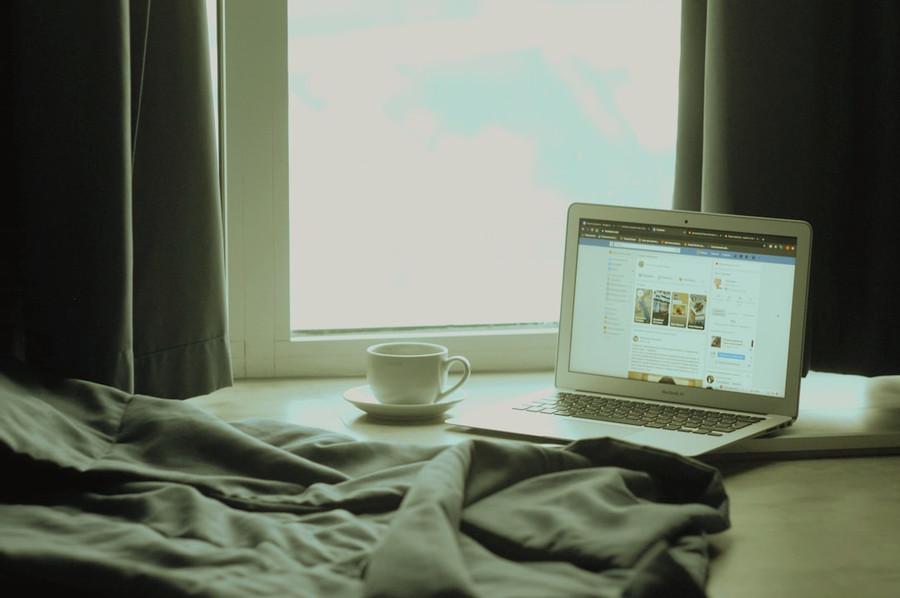My top 5 tips for designing a website
Curated from: medium.com
Ideas, facts & insights covering these topics:
4 ideas
·987 reads
13
Explore the World's Best Ideas
Join today and uncover 100+ curated journeys from 50+ topics. Unlock access to our mobile app with extensive features.
My Top 5 Tips For Designing A Website
I’ve designed websites for 9 years now and made around $800,000 in my career as a website designer.
In this article, I’m sharing my 5 top tips that will help you create amazing website designs.
Let’s dive in!
47
358 reads
1. Use just 3 colours
When picking your colour palette I recommend using just 3 colours. One colour for your background. One colour for your typography. And one colour for your accents. By accents, I mean things like buttons. A grand total of three colours!
You can use variations of your 3 colours. For example, when I use black I do use some greys. But rarely do I ever introduce more than 3 completely different colours into the design.
If you can’t pick your own colours, Great! Just use black, white and a single brand colour for your highlights.
61
235 reads
2. Use just one font
When choosing fonts for your website design I recommend using just one classic typeface.
Your font family must include a number of different weights. For example Heavy, Bold, Medium and Light.
To achieve variation and hierarchy in your designs you can change up the size and weight of your font.
Super important! You must pick a high-quality font. It must read well in long copy. For example your blog posts. I recommend using classic fonts like Helvetica.
If you must use a brand font. Use it just for the main headers. Then use your single chosen font for the rest of your website designs. Done!
56
189 reads
3. Make everything modular
The average website design is going to be viewed on dozens of different devices.
Your design must be able to flex and stack and still look good. This means using a modular design.
By modular design, I mean every element you create should be self-contained.
Whenever you’re laying out your page elements, always be working with independent, separate modules. How your design is going to flex vertically and horizontally. And how it’s going to stack on top of each other...
Check out my linked article to continue reading and see tips 4 and 5.
48
205 reads
IDEAS CURATED BY
A Geek | SM enthusiast | Entrepreneur | Writer/Curator | Visionary | Product designer (UX/UI)
CURATOR'S NOTE
To this day I still employ all of these frameworks when I’m designing a website. Give them a shot. Especially if you’re just starting out.
“
Ohad Sack's ideas are part of this journey:
Learn more about product with this collection
How to write an effective resume
How to network and make connections
How to prepare for a job interview
Related collections
Similar ideas
1 idea
The Psychology of Fonts
medium.com
9 ideas
Plain vs simple in product design
uxdesign.cc
3 ideas
10 Tips on How to Make an Author Website (+ Bonus Checklist)
blog.reedsy.com
Read & Learn
20x Faster
without
deepstash
with
deepstash
with
deepstash
Personalized microlearning
—
100+ Learning Journeys
—
Access to 200,000+ ideas
—
Access to the mobile app
—
Unlimited idea saving
—
—
Unlimited history
—
—
Unlimited listening to ideas
—
—
Downloading & offline access
—
—
Supercharge your mind with one idea per day
Enter your email and spend 1 minute every day to learn something new.
I agree to receive email updates
